The Huawei P40 review I’m about to give you has already been written several times over by people who have already used it and by people who have read about it but have never actually had the chance to actually get one for themselves. But what I think really sets this phone apart from the crowd is that it isn’t just for the elite class.
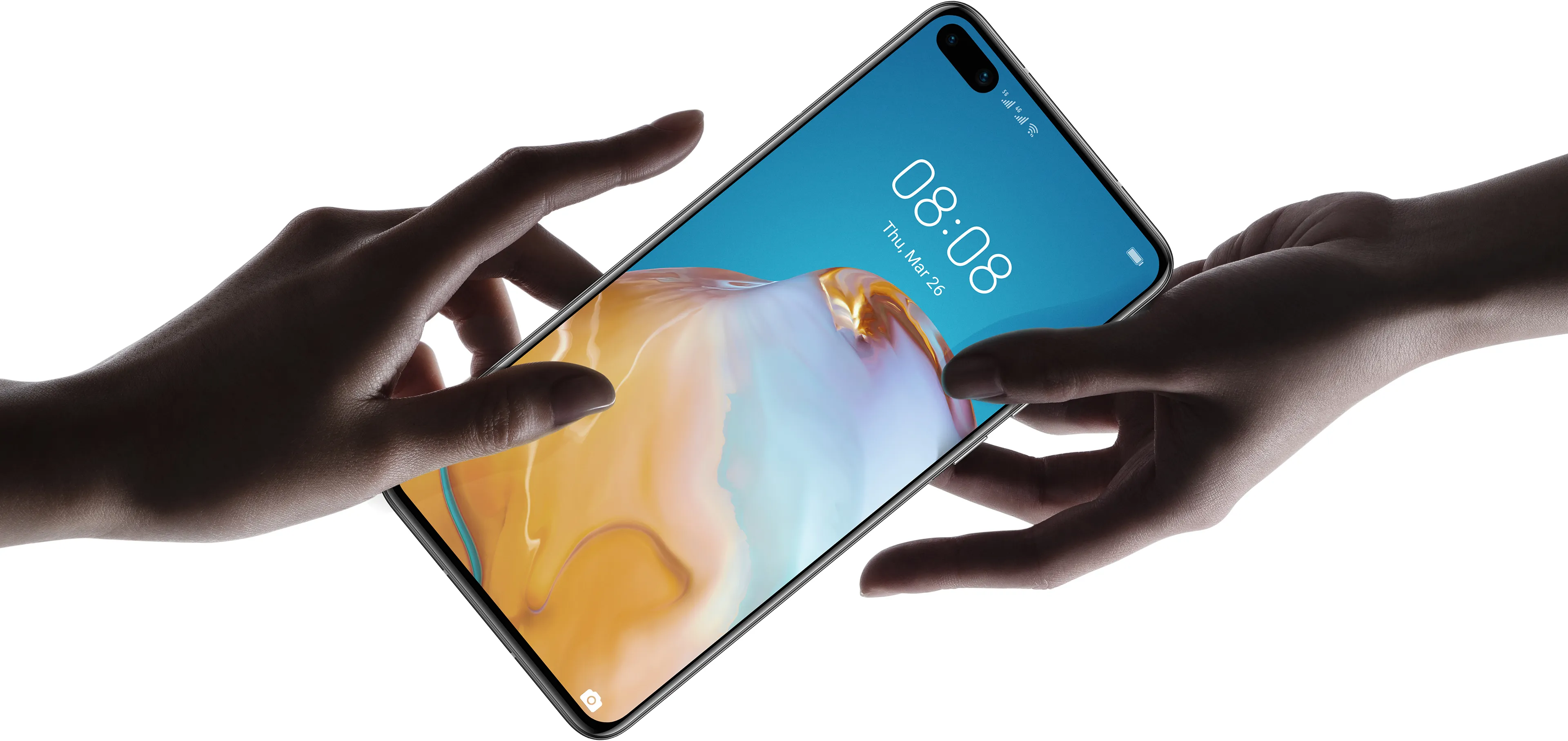
With the recently released P40, Huawei hopes that you will look beyond its limitations in terms of software offering. The Android platform provided by Google is simply not enough for you to be able to do everything you need, from browsing the web to playing your favourite games, to running a business or an office, without using any other third-party apps.
With the P40 you get a decent version of Google’s Gmail installed on it, but this is it. Without having any third-party software installed, you run into some major issues when trying to use Google Maps on the P40.
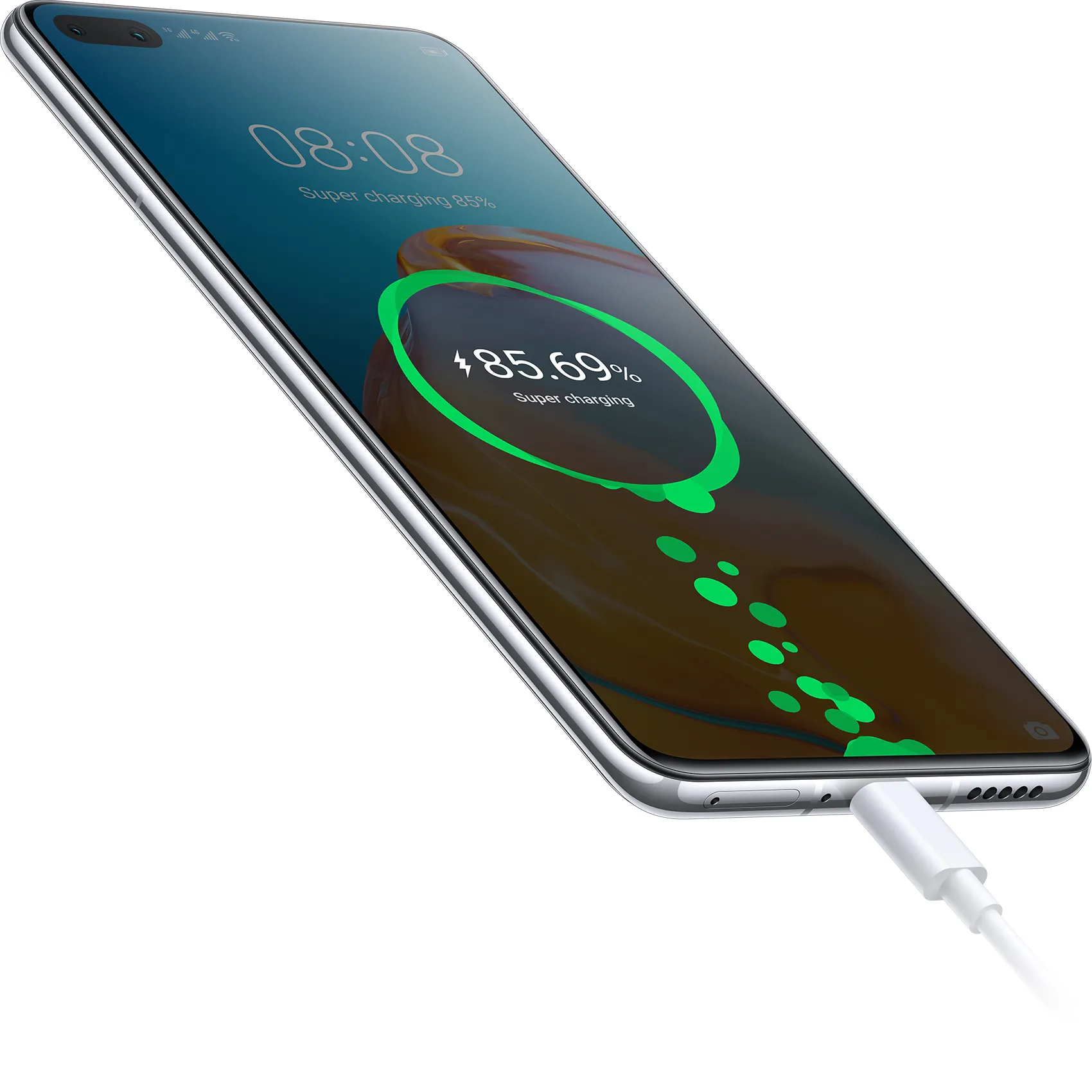
But there is something else going on with the P40 that can make it stand out above the rest, and that is the way it performs in terms of speed. You’re probably familiar with the speed that a smartphone like the HTC Desire or the Samsung Galaxy S runs: it’s extremely fast, especially if it’s running on a stock version of Android.
The P40 is no exception. In fact, it even outperforms the likes of the LG Optimus and the Samsung Galaxy S when it comes to speed. That’s because the Huawei P40 is running a version of the latest and greatest Android operating system.
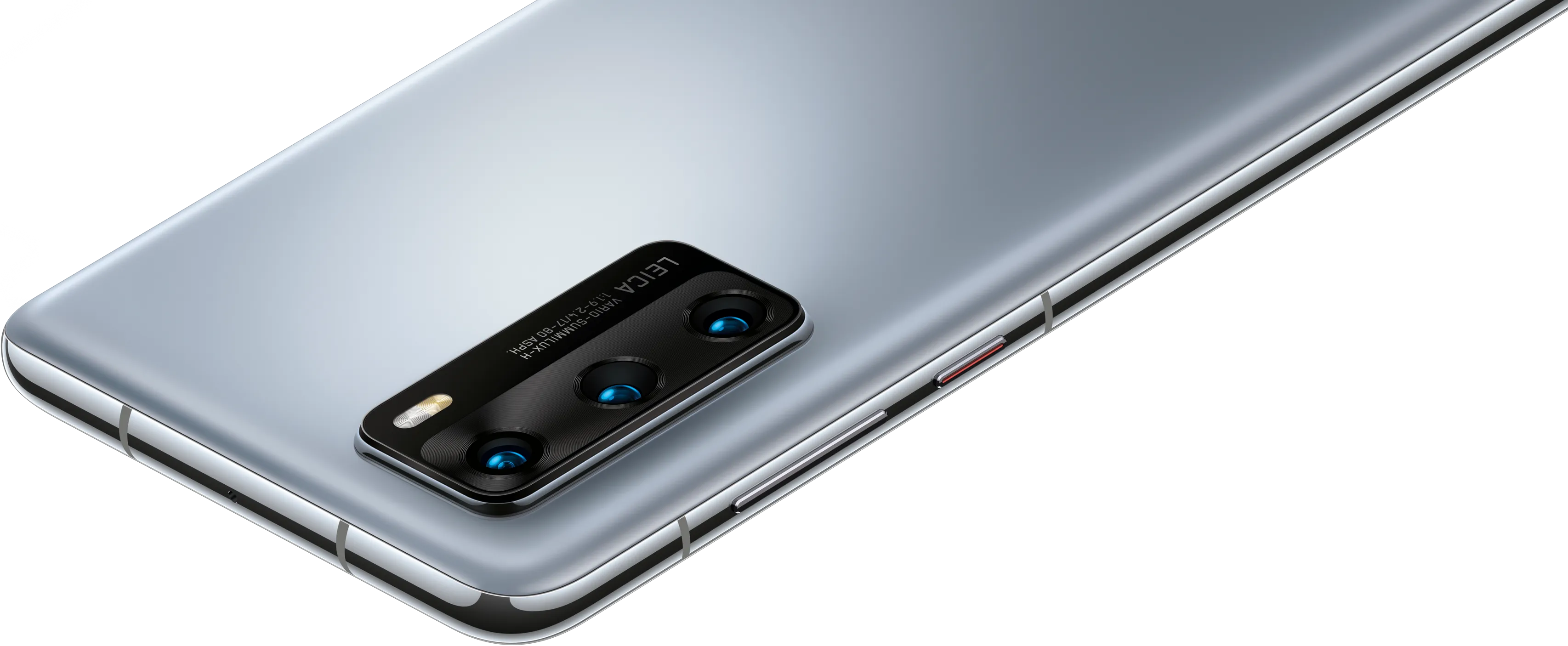
The difference here is that instead of having the Google applications preloaded onto the device, the software that’s being installed is a customized version of the Android OS that was developed by a company called Oppo. This allows the P40 to run faster and smoother than almost any other smartphone on the market.

Since the manufacturer had to work hard to ensure that the phone runs as quickly as possible in this new version of Android, there are a number of tweaks and features included in the software that should allow it to run even better the next time that it gets a new update. The best example of this is the new gesture-based controls for launching your favourite apps.
When you use the gesture-based gestures for launching your emails and browsing the internet, the phone doesn’t even need to touch the screen to show you the welcome screen, which means that all of your information will be displayed right on the screen. So instead of just seeing a blank space, it shows you where to go from there, so you don’t have to fumble around with a smart phone that’s designed to launch your email address or the internet browser.
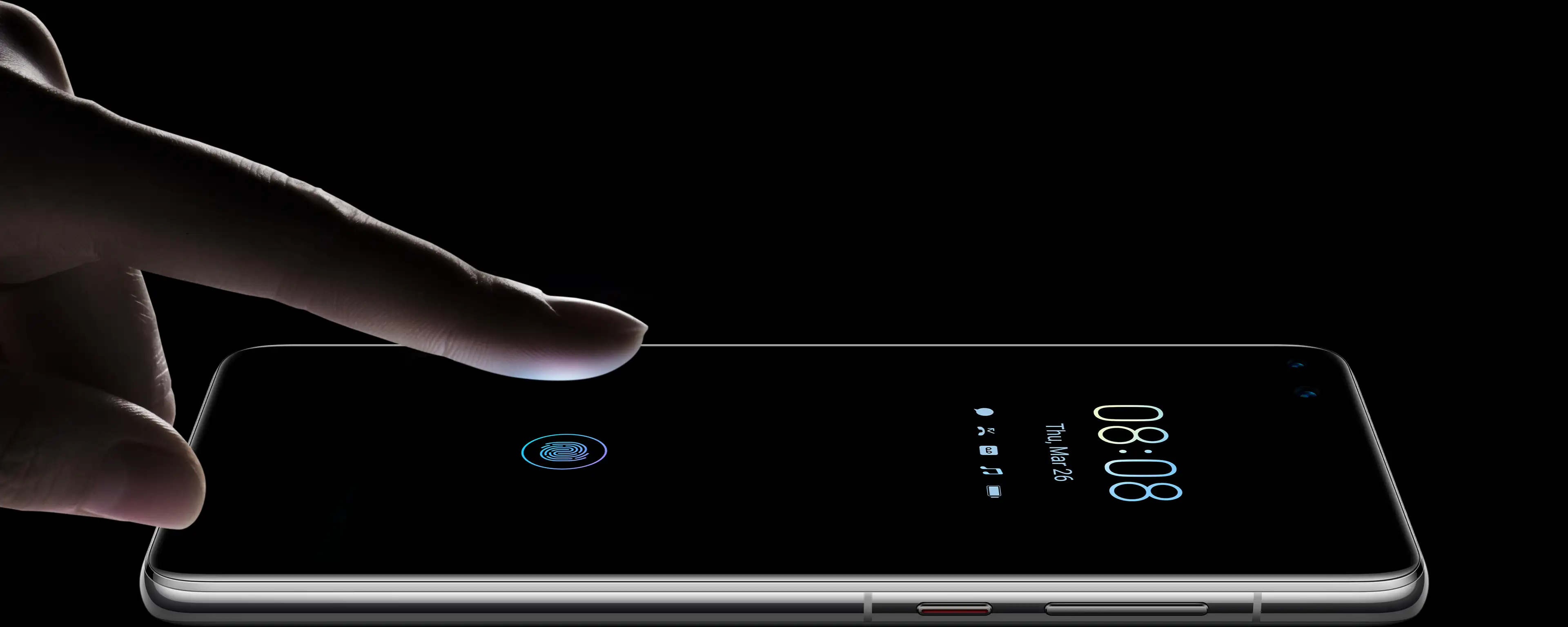
If you haven’t tried using this new gesture system, you’re in for a treat: it feels very intuitive to use and is very easy to navigate through, allowing you to find what you’re looking for. With other features like this, the P40 should be able to perform the tasks that you would normally use your smartphone for – checking your email, downloading updates, shopping and a whole lot more.
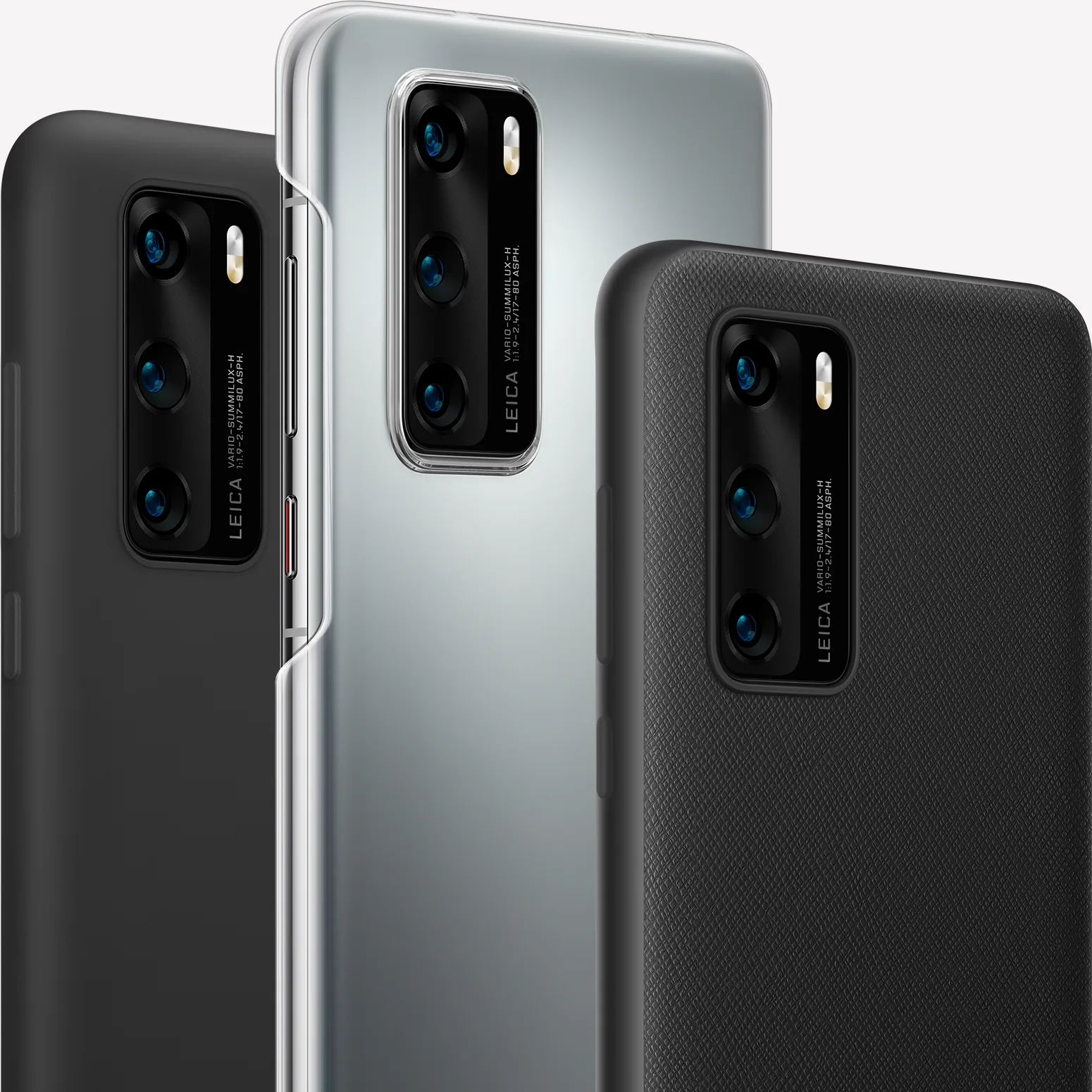
When it comes to performance, there’s another way that the Huawei P40 stands out when it comes to speed. In terms of battery life, the smartphone does an admirable job, but there’s no doubting that the P40 is one of the most powerful smartphones out there. In this respect, the P40 has been designed to cope with more intensive tasks, and to keep up with real-world activities.
The power savings that come from the inclusion of this latest operating system and the way that it was optimized for the P40 is one of the reasons why the P40 is so efficient when it comes to the performance that it achieves. The P40, despite using the latest version of Android, manages to have enough power to run games, watch movies, listen to music and play the latest games – the things that it can do while the battery is still within reach.








